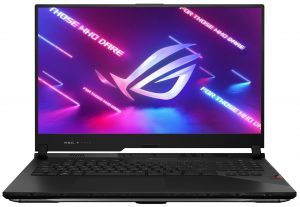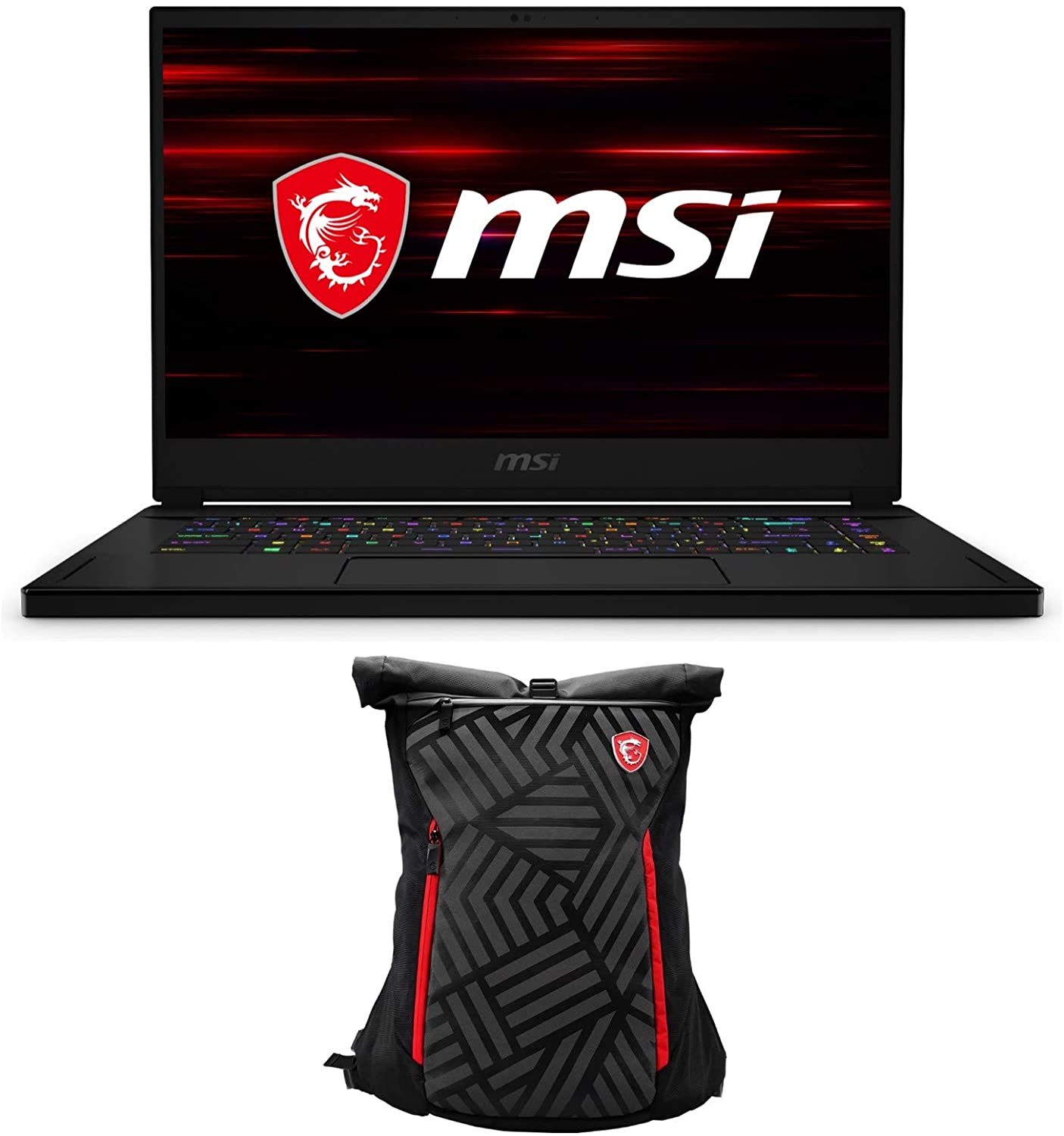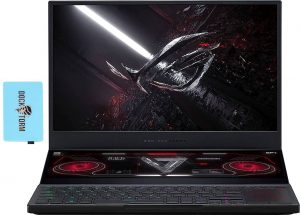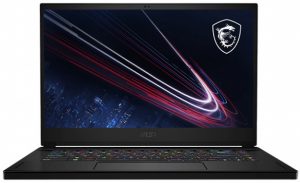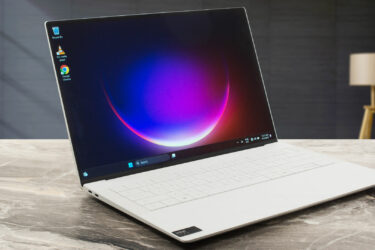NVIDIA GeForce RTX 3080 (130W) vs RTX 3080 (95W) – the 130W GPU wins but the 95W version has its advantages
 Here come the big guys – the GeForce RTX 3080 (130W) and RTX 3080 (95W) are on the top of the food chain. These are super-powerful mobile GPUs that can be equipped with up to 16GB of video memory. Which makes them suitable for even 1440p and 4K gaming.
Here come the big guys – the GeForce RTX 3080 (130W) and RTX 3080 (95W) are on the top of the food chain. These are super-powerful mobile GPUs that can be equipped with up to 16GB of video memory. Which makes them suitable for even 1440p and 4K gaming.
Yes, in 2021 we saw a lot of devices with 1440p displays so monstrous graphics solutions like the GeForce RTX 3080 can become a needed thing (expensive too) for panels with above 1080p resolutions. In addition, it’s good to see all that power can be fitted into a 95W TGP level.
As always, there are graphics cards with higher TGP and in our case, that’s the GeForce RTX 3080 (130W). The latter bring higher frequencies to the table for people who don’t need top efficiency – they just want to see as highest frames per second as possible. Probably most of the time, their notebooks are placed on the desk so battery life isn’t a problem.
Without further ado, let’s compare the two GPUs.
You can also check our dedicated article about All laptops with NVIDIA GeForce RTX 3080 / 3080 Max-Q.
Contents
GeForce RTX 3080 variants
The GeForce RTX 3080 (130W) is an Ampere video card that uses a GA104 chip. It has 6144 CUDAs, 96 ROPs, up to 16GB of video memory, and a 256-bit bus. In terms of frequencies, this fella can offer 1110 MHz/1545 MHz base and boost clocks, and for the memory – 1750 MHz (14000 MHz effective clock).
At least for now, we don’t know the exact base and boost clocks of the GeForce RTX 3080 (95W) – the RTX 3080 comes in several TGP versions and it’ll take time before we test them all. Aside from the frequencies, everything mentioned about the 130W GPU applies to the 95W version as well.
| GeForce RTX 3080 [130W] | GeForce RTX 3080 [95W] | |
|---|---|---|
| Architecture | Ampere | Ampere |
| GPU chip | GA104 | GA104 |
| Shader units | 6144 | 6144 |
| ROPs | 96 | 96 |
| Base Clock (MHz) | 1110 | – |
| Boost clock (MHz) | 1545 | – |
| Memory clock (MHz) | 1750 | 1750 |
| Memory size (MB) | up to 16384 | up to 16384 |
| Memory type | GDDR6 | GDDR6 |
| Memory bus width (bit) | 256 | 256 |
| TGP (Total Graphics Power) | 130W (+37%) | 95W |
| DirectX version | 12.1 | 12.1 |
| Technology | 8nm | 8nm |
| RTX capabilities | Yes | Yes |
| Release date | 01.2021 | 01.2021 |
| Detailed specs | Link | Link |
Synthetic benchmarks
Results are from the 3DMark: Time Spy (Graphics) benchmark (higher the score, the better)
Results are from the 3DMark: Fire Strike (Graphics) benchmark (higher the score, the better)
Results are from the Unigine Superposition benchmark (higher the score, the better)
Verdict
Okay, the GeForce RTX 3080 (130W) wins but the 95W variant is a fast graphics card as well. The question is do you need a 130W GPU under the shell of your laptop? If you tend to play games at home during the nighttime and your device is placed mainly on your desk, probably you’ll always prefer higher FPS, and battery life isn’t a concern.
On the other hand, if you take often your laptop for a “walk” probably you’ll need something a bit more compact and thin. That’s the main advantage of the 95W GPU – it can be fitted in thinner and lighter devices because it dissipates lesser heat and can be cooled a bit easier (ergo, with smaller and lighter cooling solution).
You can also check our dedicated article about All laptops with NVIDIA GeForce RTX 3080 / 3080 Max-Q.
All laptops equipped with the NVIDIA GeForce RTX 3080 [130W]
All laptops equipped with the NVIDIA GeForce RTX 3080 [95W]
